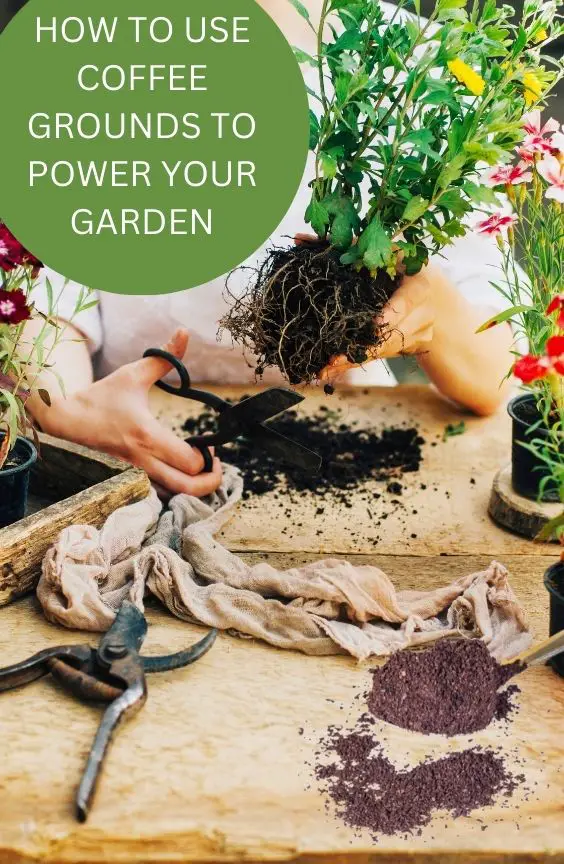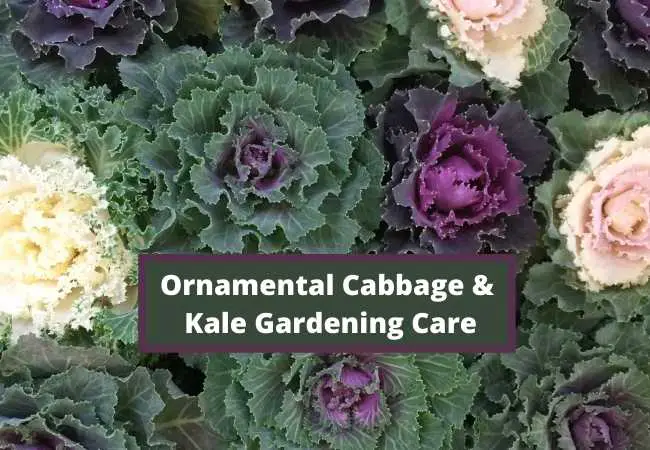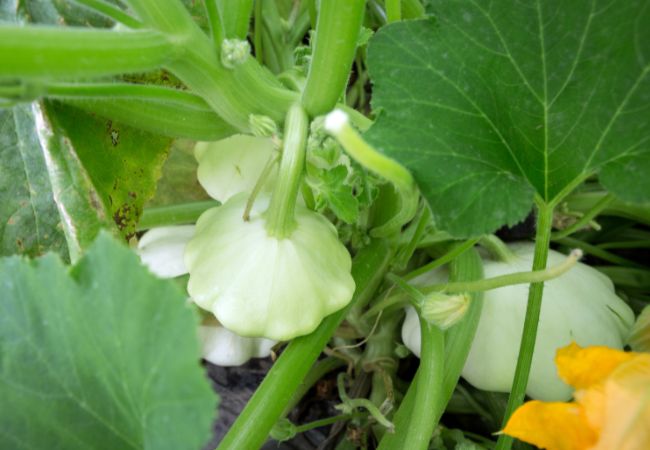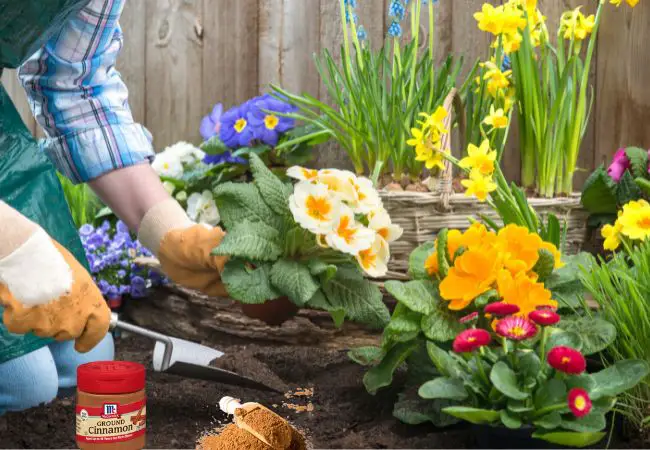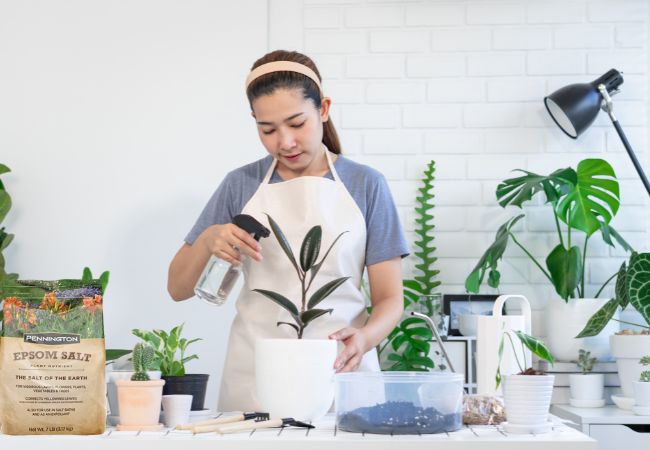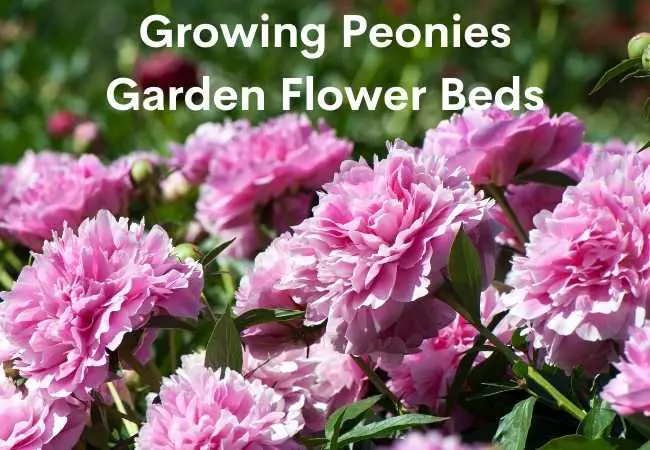How To Garden Safely With Coffee Grounds
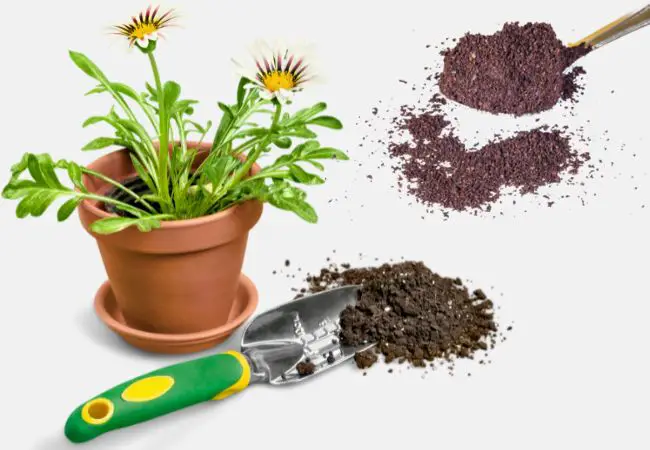
Learn how to garden safely with coffee grounds without causing damage to your plants. When used properly, coffee grounds are a great way to repurpose waste while providing valuable nutrients to plants.
How to garden safely with coffee grounds
Coffee grounds contain a variety of nutrients, such as nitrogen, phosphorus, and potassium, that can help plants grow strong and healthy.
However, it’s important to use coffee grounds in the right way to avoid damaging your plants. In this article, we’ll explore the best ways to use coffee grounds in the garden and some precautions to take when doing so.
Nutrients in Coffee Grounds
Coffee grounds are an excellent source of nutrients for plants. They contain nitrogen, phosphorus, and potassium, which are essential for plant growth.
Nitrogen helps plants grow strong stems and leaves, phosphorus helps with root growth, and potassium is important for overall plant health.
In addition to these major nutrients, coffee grounds also contain smaller amounts of other micronutrients that plants need, such as magnesium and calcium.
One thing to keep in mind when using coffee grounds in the garden is that they are acidic. This can be both a good thing and a bad thing, depending on your soil.
If your soil is too alkaline, adding coffee grounds can help balance the pH. However, if your soil is already acidic, adding too many coffee grounds can make the pH too low, which can harm plants.
Using Coffee Grounds as Compost
Composting is an excellent way to turn organic waste into nutrient-rich soil. Coffee grounds can be a great addition to your compost pile, as they contain a lot of nitrogen.
When mixed with other organic matter, such as leaves and vegetable scraps, coffee grounds can help speed up the composting process and produce rich, nutrient-dense compost.
How to add coffee grounds to compost
When using coffee grounds in compost, it’s important to mix them with other organic matter to avoid creating a pile that is too acidic.
If you’re using a lot of coffee grounds, you may need to add lime or another material to balance the pH.
Additionally, it’s a good idea to avoid adding too many coffee filters to your compost pile, as they can take a long time to break down.
Using Coffee Grounds as a Soil Amendment
Coffee grounds can also be used as a soil amendment, which means they are added directly to the soil to improve its texture and nutrient content.
When added to soil, coffee grounds can help improve drainage and water retention, as well as provide nutrients to plants.
To use coffee grounds as a soil amendment, simply sprinkle them around the base of plants or mix them into the soil. However, it’s important to avoid using too many coffee grounds, as this can lead to soil that is too acidic.
A good rule of thumb is to use no more than 20% coffee grounds in your soil amendment mix.
Using Coffee Grounds as Mulch
Mulching is another way to use coffee grounds in the garden. When used as a mulch material, coffee grounds can help suppress weeds and retain moisture in the soil.
Additionally, as the coffee grounds break down over time, they will release nutrients into the soil, providing a slow-release fertilizer for plants.
To use coffee grounds as a mulch material, simply sprinkle them around the base of plants or mix them into your existing mulch.
However, it’s important to avoid using too much coffee grounds as mulch, as this can lead to a soil that is too acidic. A good rule of thumb is to use no more than 1 inch of coffee grounds as mulch.
Precautions When Using Coffee Grounds in the Garden
While coffee grounds can be a great addition to the garden, it’s important to take some precautions when using them. Here are a few things to keep in mind:
Don’t use too many coffee grounds: As we’ve mentioned, coffee grounds can be acidic, so it’s important to use them in moderation. Adding too many coffee grounds to your soil or compost can make the pH too low, which can harm plants.
A good rule of thumb is to use no more than 20% coffee grounds in soil amendments and no more than 1 inch of coffee grounds as mulch.
Don’t use coffee grounds on plants that prefer alkaline soil: While coffee grounds can help balance the pH of alkaline soil, they can be harmful to plants that prefer a more alkaline environment.
Examples of plants that prefer alkaline soil include lavender, rosemary, and most herbs. If you’re not sure whether a plant prefers acidic or alkaline soil, do some research before adding coffee grounds.
Don’t use coffee grounds as a standalone fertilizer: While coffee grounds contain valuable nutrients, they shouldn’t be used as a standalone fertilizer.
This is because they release their nutrients slowly, which means they won’t provide an immediate boost to plants. Instead, use coffee grounds as part of a larger soil amendment or compost mix.
Be careful with coffee filters: If you’re using coffee grounds in compost, be careful with the filters. While paper filters will eventually break down, they can take a long time to do so. If you’re using a lot of coffee filters, consider removing them before adding the coffee grounds to your compost pile.
Final Thoughts On Gardening with Coffee Grounds
Using coffee grounds in the garden is a great way to repurpose waste while providing valuable nutrients to plants. Coffee grounds contain nitrogen, phosphorus, and potassium, as well as other micronutrients, that can help plants grow strong and healthy.
However, it’s important to use coffee grounds in the right way to avoid damaging your plants. Whether you’re using coffee grounds in compost, as a soil amendment, or as mulch, be sure to follow the guidelines I’ve outlined in this article.
I hope this post on how to garden safely with coffee grounds was helpful. Remember to follow me on Multigardening Pinterest for more awesome gardening posts.
